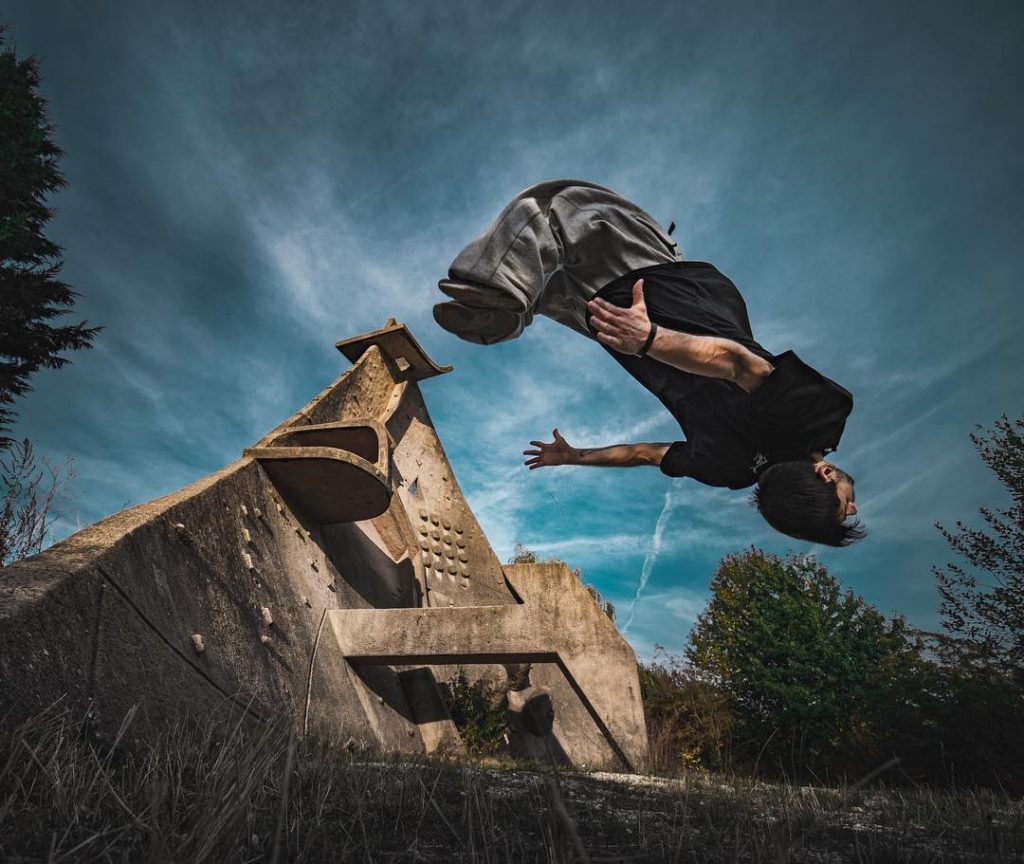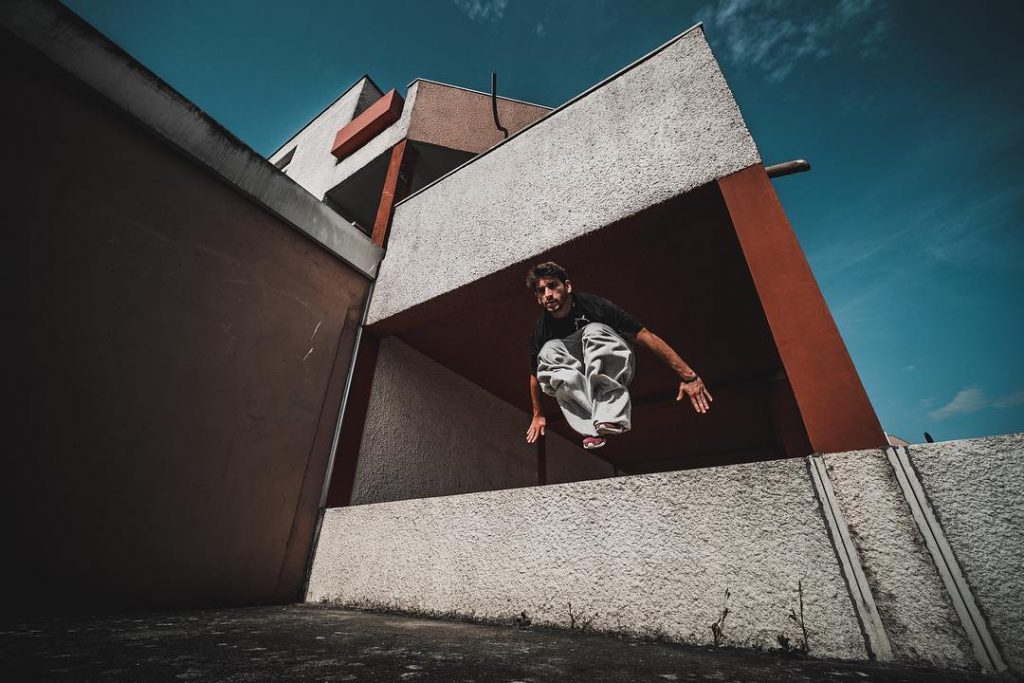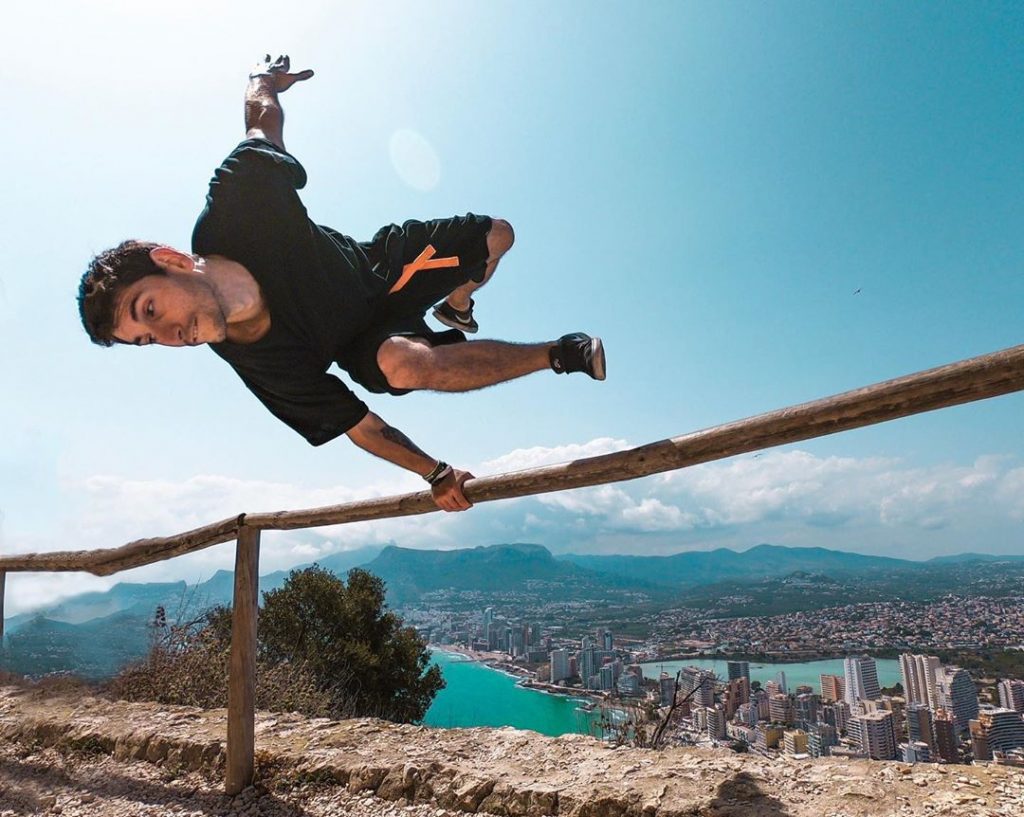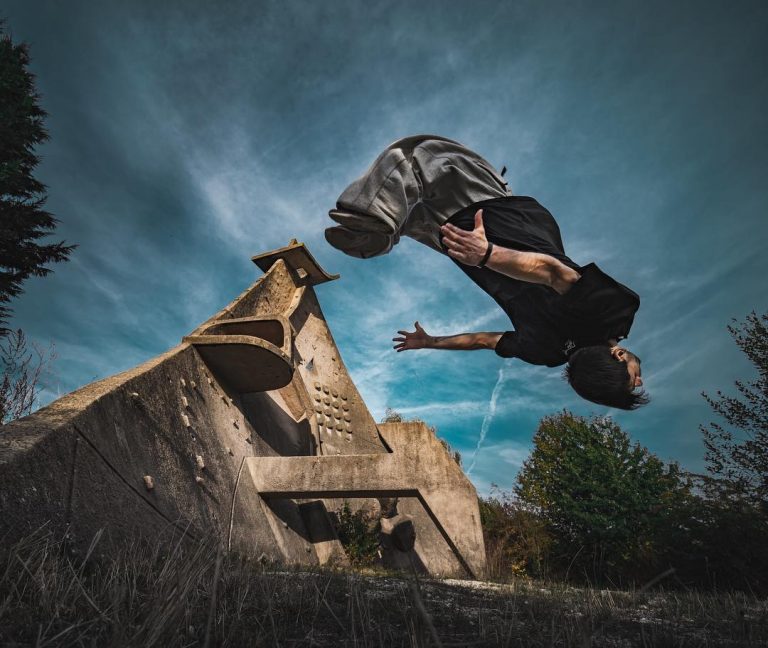The #8 Parkour story of the decade is all about a profound change in the way Parkour was interpreted, practiced, and performed. The epitome of that change is what I am calling “The Rise of Flow.”
At the start of the 2010’s Parkour was pretty much like it had always been – jumping, running, climbing and short efficient lines. Of course freerunning was a part of the sport as it had virtually always been, and Traceurs flipped, spun, danced, and all the rest, but for the most part the discipline was unchanged in how it was approached and practiced.
David Belle’s famous “Et Vous” video was the epitome of Parkour pre-2010. Big jumps where king.
This video form the Vigroux Brothers was another one that stands out to me as the epitome of the times. As you can see, short lines and “big moves” (for the time these were big) were the focus. Warning: 240p awaits you lol.
Even Daniel Ilabaca’s famed 2007 demo tape is pretty much full of single moves and short lines.
The above videos show what Parkour was entering the 2010 decade. Now that we are in 2020, I think we can all agree that Parkour has radically changed. How? Well, I’d say it comes down to three big things: smoother transitions, longer lines, and more individual style. Altogether these add up to flow.
In the 2010s a few athletes saw something different in Parkour. Through their style, vision, and training they pioneered a new way of moving that had never been seen before. “Flow like water” and “flowing through the environment” had always been a part of the Parkour lingo. In fact, one of David Belle’s nicknames in the 90s was “Poisson” (which means “fish” in French) because he ‘flowed through the city landscape like a fish in water.’ But because of a handful of contemporary Traceurs, the idea of “flow” started to slowly take on a new meaning until it had become a prominent and substantially different concept.

There are two athletes that came to my mind when I thought about the originators, pioneers, and/or most influential Traceurs in the flow genre. Of course this is my perpsective, so some may disagree, but the two who come to my mind most prominently and setting the tone for flow are Joey Adrian and Pedro “Phosky” Leon Gomez.
Sometimes the lines weren’t even about “lines” in the traditional A-to-B sense or even about overcoming obstacles. The lines were about continuous movement. Perhaps that’s the idea that changed
Phosky might also be the world’s best advertisement for baggy pants. He makes them look so cool lol.
Joey and Phosky (and many others) pushed the Parkour movement ahead by finding new ways to move and setting new standards for creativity while helping redefine the perception of “flow” for the Parkour world. What started as a new way of moving has now become standard operating procedure for the Parkour world. It even laid the foundation for Freerunning / Freestyle competitions which are now rooted in long lines and continuous movement.

It’s funny to think about it, but the Parkour world can’t ever go back. Before flow, it was about simple techniques and big jumps. Now Parkour & Freerunning is about movement and creativity, not to mention some level of endurance. It’s an entirely new approach and an entirely new paradigm that makes the old way looks kind of one dimensional.
Where do you think Parkour / Freerunning will go next? I must say, I didn’t anticipate this change, but looking back it almost seems obvious. Was Parkour really going to stop at, “Who can jump off the highest thing?” There had to be new paths that people would find, and Joey and Phosky were two of the Traceurs that helped the community find it. Which begs the question, what are the things are being done now that will usher in the next evolution? Front flips? Speed courses? Regardless of what is next, the rise of flow was such a big change that it definitely merits making the list as one of the most important Parkour stories of the decade. Time will tell if a new evolution arrives and makes the 2020 list.


